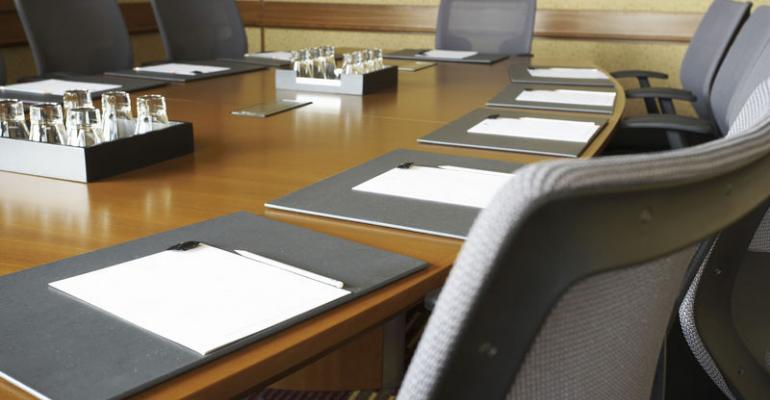There are meetings, and then there are meetings—about 11 million every day, by some estimates! Workers spend an average of about six hours a week in meetings (my, that seems low according to personal experience!). And participants say about 50 percent are ineffective and unnecessary. No wonder people in general dread having to go to meetings and why the word has a negative connotation.
The problem is that there is little distinction between the types of meetings we’re talking about here. On the one hand, a meeting can be a one-on-one encounter in an office or hallway, started by a casual interruption and becoming a meeting at some point when the dialog intensifies or deepens. On the other hand, a meeting can be a pre-organized event at a specific time and location—whether in person, by phone, or by other means—where some sort of business is discussed, usually according to an agenda.
One is casual and the other more formal. What image do you perceive when someone says, “so-and-so is in a meeting.” Aren’t you sometimes inclined to ask, “But is it a real meeting?”
So what qualifies as a “real” meeting?
The meetings that most MeetingsNet readers imagine are those that are thoughtfully planned, with agendas and specific reasons for the time, place, and people involved. They are highly structured and meaningful. And they are designed to have positive and measurable outcomes.
But what do those outside the profession imagine? Consider these actual comments from people in real offices:
“I’d actually get some work done if it weren’t for all of these meetings.”
“I go to more meetings, my to-do list grows. I never seem to have the time to get my real work done. The work just seems to pile on.”
But try not having meetings and see what happens to communications and productivity.
If half of meetings are perceived to be ineffective or unnecessary, what does this say about our profession and the job we are doing? Are the “ineffective and unnecessary” meetings those hallway encounters, or are they the meetings planned by meeting professionals?
We have a long way to go to change public perception that meetings are a necessary and productive part of the business day. The solution starts with you! Make sure your next meeting is well designed, has a specific purpose, and achieves a stated and measurable outcome. Maybe we can change the office banter to something like, “I am so glad I was invited to that great meeting!”





